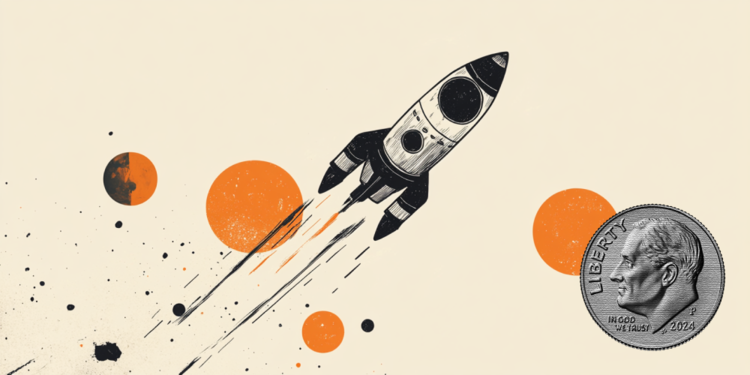On Thursday, during the late American trading session, the USD/CAD pairing experienced a slight uptick, hovering around 1.4305. This modest gain was supported by a small rise in U.S. yields. As market participants brace for the forthcoming U.S. and Canadian labor market reports, there’s a sense of caution, particularly given the uncertainty linked to President Trump’s trade strategies.
In recent developments, President Trump has postponed his decision to levy a 25% tariff on Canada for an additional 30 days. Despite this delay, the looming threat of tariffs persists. Should any fresh tensions escalate between the U.S. and Canada, it might pressure the Canadian Dollar, commonly referred to as the Loonie.
Moreover, disappointing economic data from Canada on Thursday added to the challenges facing the Loonie. The Ivey Purchasing Managers Index (PMI) for Canada revealed that economic activity declined in January for the first time in five months. This was largely due to slower employment growth and rising prices.
Investors are keeping a close watch on Canada’s forthcoming employment reports. Forecasts suggest a significant slowdown, with January expected to see just 25,000 new jobs, a sharp decrease from the 90,900 reported in December. Additionally, the Canadian unemployment rate is anticipated to edge up slightly to 6.8% from the previous 6.7%.
Turning to the U.S., economic experts predict that around 170,000 jobs were added in January, a noticeable drop from the 256,000 increase seen in December. Despite this expected slowdown, the unemployment rate is projected to remain steady at 4.1%, indicating the labor market’s ongoing resilience amidst broader economic challenges.
—
### Understanding the Canadian Dollar: Key Influences
The Canadian Dollar (CAD) is driven by several critical factors. Primary among these are the interest rates set by the Bank of Canada (BoC), oil prices—given that oil is Canada’s largest export—and the overall health of the Canadian economy. Other elements include inflation levels and the trade balance, which reflects the difference between Canada’s imports and exports. Market sentiment also plays a role: when investors are inclined towards riskier assets (a risk-on environment), the CAD tends to benefit. Conversely, seeking safe havens (risk-off) can affect it negatively. Additionally, the economic state of the U.S., Canada’s largest trading partner, significantly impacts the CAD.
The Bank of Canada greatly influences the CAD through its interest rate policies. By adjusting rates, the BoC affects lending rates across the board, striving to keep inflation within the 1-3% range. Higher interest rates typically boost the CAD by attracting global capital. Meanwhile, the BoC can also impact credit conditions through quantitative easing (seen as CAD-negative) or tightening (seen as CAD-positive).
Oil prices are another crucial factor impacting the value of the Canadian Dollar. As oil is a major Canadian export, its price movement can directly impact the CAD. If oil prices rise, the CAD usually appreciates due to increased demand for the currency, leading to a positive trade balance, thereby supporting the CAD.
Inflation traditionally reduced a currency’s value; however, current global capital flows have altered this dynamic. Today, higher inflation often prompts central banks to hike interest rates, which can attract international investors and boost the local currency, including the CAD.
Macroeconomic indicators like GDP, PMIs, employment figures, and consumer sentiment offer insights into economic health and can influence the CAD. A robust economy tends to enhance the CAD’s value, enticing foreign investment and encouraging the BoC to raise interest rates. Conversely, weaker economic data can lead to a drop in the CAD.


















